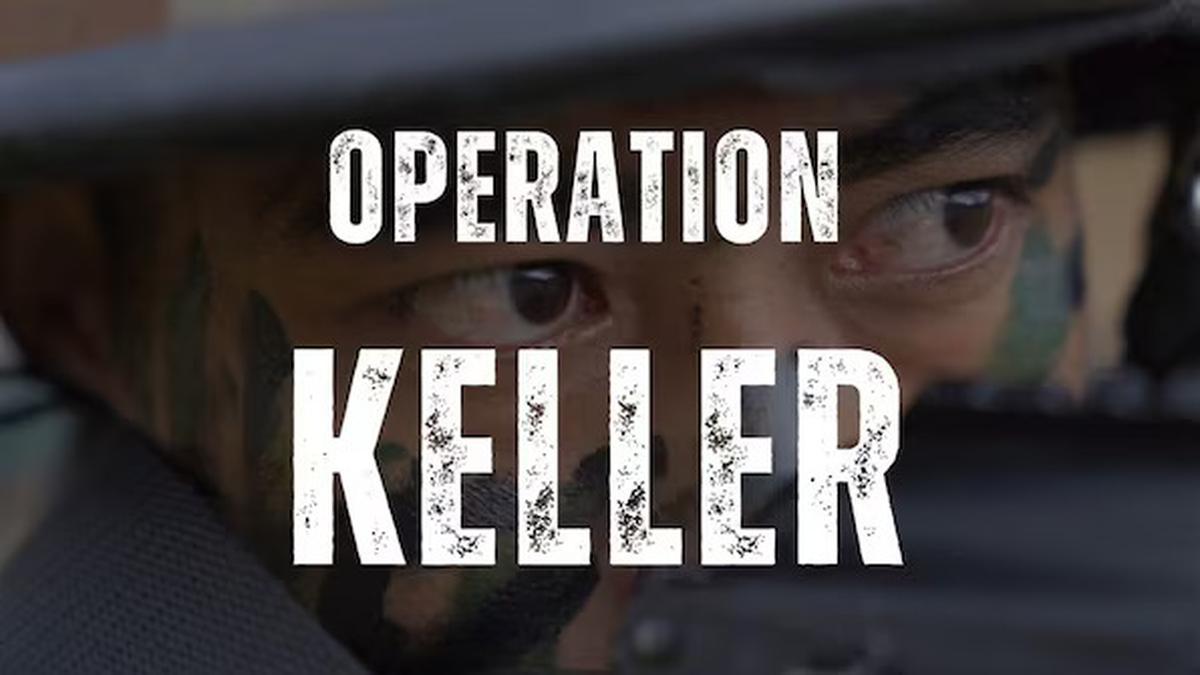Operation Keller: Revealing a Contemporary Anti-Terror Operation
Introduction
Operation Keller is a high-profile anti-terrorism and law enforcement drive that has recently grabbed national attention. Led by Indian security establishments, the operation intends to disrupt terrorist organizations operating in sensitive and explosive areas, particularly in Jammu and Kashmir. The operation manifests India's strengthened efforts to neutralize the threat posed by insurgent outfits and attain national security against expanding cross-border terrorism.
The Operation Keller was launched at approximately 12:50 pm on Tuesday. The operation was initiated as per the precise intel of a Rashtriya Rifles Unit regarding the presence of terrorists in the general vicinity of Shoekal Keller and is currently in progress, which was revealed by the Indian Army.
This piece explores the details, aims, implementation, and implications of Operation Keller, its strategic significance in the war on terror.

Background and Context
Jammu and Kashmir has been a region of insurgency for a very long time, driven by ideological extremism and external factors. After the scrapping of Article 370 in August 2019, the security situation in the state underwent a major shift. While the Indian government stepped up its developmental and administrative thrust, militant groups also shifted their strategies in response, and there has been a rise in sporadic but fatal attacks on civilians, security forces, and infrastructure.
In a major counter-terrorist operation, the Indian Army disarmed three Lashkar-e-Taiba (LeT) terrorists in the Keller area of Shopian district, Jammu and Kashmir. The operation, codenamed Operation Keller, was initiated on 13 May 2025.
A senior Lashkar-e-Taiba (LeT) commander was one of three militants who were gunned down in a shootout with security personnel in Shopian district in Jammu and Kashmir on Tuesday, officials added. Following a reliable tip-off about the presence of militants in Shukroo Keller locality of the south Kashmir district, security personnel conducted a cordon and search operation in the area.
In turn, security forces—such as the Indian Army, Jammu and Kashmir Police, and paramilitary troops—conducted multiple intelligence-based operations to drive out terrorist organizations. Operation Keller is one of the most notable among them.
On Tuesday, the army said it had shot dead three local terrorists from Lashkar-e-Taiba and its shadow group The Resistance Front (TRF).
The terrorists were named by police as Shahid Kuttay, Adnan Shafi Dar, and Ehsan ul Haq Sheikh of Shopian.
Kuttay and Dar were named on Tuesday and army identified third as gunned downed terrorist as Sheikh on Wednesday.
Army termed Kuttay as the operating commander of Lashkar-e-Taiba who was active in south Kashmir from a long time and who was engaged in fresh recruitment of cadres in the group.
Objectives of Operation Keller
- Counter-Terrorist Neutralization: The initial goal is to find and neutralize active terrorists, particularly high-value targets known to plan attacks or act as recruiters and support personnel for terrorist cells.
- Breaking Terrorist Networks: The operation strikes at sleeper cells, overground workers (OGWs), and support networks that facilitate the movement, communication, and subsistence of terrorists.
- Securing Strategic Areas: Through re-taking and securing areas that were once under the control of militant elements, Operation Keller seeks to rebuild civilian confidence and uphold law and order.
- Intelligence Gathering and Monitoring: Through joint raids, search operations, and questioning of arrested suspects, the operation also functions as an intelligence-gathering endeavour for future operations.
Carrying out and Main Incidents
Operation Keller is marked by its multi-agency coordination and real-time information gathering. It includes a mix of ground warfare, surveillance, and technology integration, which encompasses the use of drones, thermal imaging, and GPS tracking.
One of the striking features of Operation Keller is the emphasis on "pinpoint intelligence", and operations are conducted with surgical precision to avoid civilian casualties and collateral damage. The forces tend to impose temporary curfews and carry out house-to-house searches, mainly in rural and forested regions where militants will take refuge.
At one critical period of the operation in early 2025, security personnel effectively neutralized a number of top-brass militants associated with Pakistan-based terror groups like Lashkar-e-Taiba and Jaish-e-Mohammed. These operations resulted in the seizure of bulk stocks of weapons, explosives, and communication gear, which were being employed to coordinate future attacks.
Impact and Implications
Operation Keller has left an indelible mark on the security scenario of Jammu and Kashmir. A number of terror modules have been busted, and the rate of infiltration along the Line of Control (LoC) has declined as a result of increased patrolling and monitoring.
For non-combatants, the operation has registered a degree of relief and fear. As much as it is welcomed by many, including efforts to restore tranquility, temporary curbs during operations and the presence of security forces can cause interruptions in daily routine.
At a broader level, Operation Keller sends an assertive signal to terrorist organizations and their patrons over the border: India will keep taking strong action and taking initiative in order to protect its sovereignty and save its people.
Conclusion
Operation Keller is a significant step in India's larger policy of combating terrorism by pinpointed, intelligence-based measures. Although challenges continue to exist, particularly with changing terrorist strategies and outside meddling, the success of the operation to date reflects the strength, determination, and readiness of Indian security forces. As the operation proceeds, it should have an important role in bringing about long-term peace and stability to one of the most geopolitically salient regions of the country.



